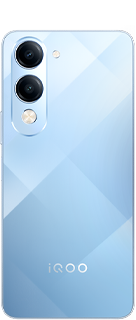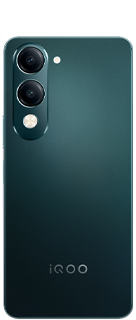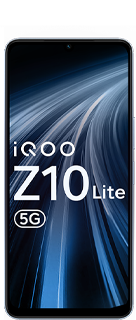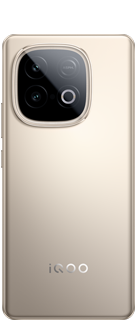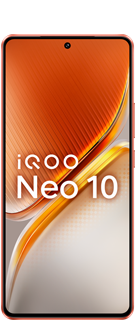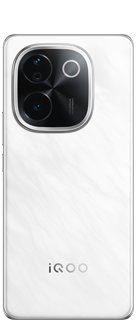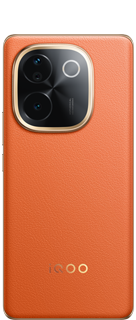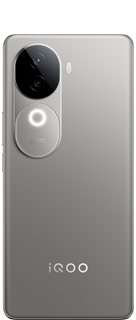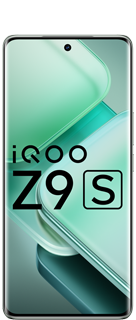The Evolution of iQOO: From 2020 to 2024

Hey Questers, iQOO, a sub-brand of Vivo, has grown significantly between 2020 and 2024, evolving into a key player in the mid-range and flagship smartphone markets. Here's a breakdown of its evolution.
2020: Introduction and Focus on Gaming
Launch of iQOO 3: iQOO debuted in India in early 2020 with the launch of the iQOO 3, a 5G-enabled phone with a focus on gaming. It featured Qualcomm's Snapdragon 865 chipset, offering powerful performance with gaming-centric features like the 180Hz touch response rate and ultra-fast charging technology (55W).
Market Position: iQOO positioned itself as a performance-first brand aimed at gamers and power users, often compared with OnePlus for its competitive pricing and features.
2021: Expansion and Refinement
More Models: iQOO expanded its lineup in 2021 with models like the iQOO 7, iQOO 7 Legend, and iQOO Z3. The iQOO 7 Legend featured the Snapdragon 888 chipset, marking its entry into premium flagship territory.
Affordability with Power: iQOO launched the Z-series for budget-conscious users, with models like the iQOO Z3 and Z5 offering good performance at competitive prices, catering to a wider audience beyond just gamers.
2022: 5G and Better Software Experience
5G Expansion: By 2022, iQOO made sure all its phones supported 5G, aligning with global 5G adoption. Models like iQOO 9, 9 Pro, and Z6 5G became notable in India and other emerging markets.
Software Refinement: iQOO’s FunTouch OS, based on Android, saw improvements with cleaner user interfaces and fewer bloatware issues, focusing on enhancing the user experience for daily use, not just gaming.
Improved Cameras: iQOO shifted towards more balanced devices, improving camera performance and adding features like gimbal stabilization in the iQOO 9 series.
2023: Focus on Flagships and Affordable Premium
Launch of iQOO 11 Series: The iQOO 11 and 11 Pro were launched with the latest Snapdragon 8 Gen 2 chipsets. The iQOO 11 Pro included innovations like 200W fast charging and advanced display technologies (2K AMOLED displays), pushing the brand into premium flagship competition.
AI and Camera Tech: iQOO enhanced its AI capabilities, offering better image processing, low-light photography, and videography. These models also improved on their gaming-specific features like enhanced cooling and battery management.
2024: High-End Tech at Lower Costs
Global Expansion: iQOO began expanding its presence beyond Asia, with efforts to tap into European and Middle Eastern markets.
Sustainability: iQOO started making environmentally conscious decisions by reducing e-waste and optimizing power consumption in their phones. The iQOO 12 series featured cutting-edge chips (possibly Snapdragon 8 Gen 3), advanced AI integration, and more power-efficient designs.
Flagship Killer: With the iQOO Neo series, the brand gained popularity for offering flagship-level performance at competitive prices, solidifying its reputation as a "flagship killer."
Overall, from 2020 to 2024, iQOO has evolved from a gaming-focused sub-brand to a mainstream competitor known for its powerful performance, fast charging, and value for money across various price segments.
Quester : @Ashu._.pandit__
@Parakram Hazarika @MKJEDI@ayuu@Arpipandey320@Kvkartikji04@RZ Nitin@Rhythm
Please sign in
Login and share
